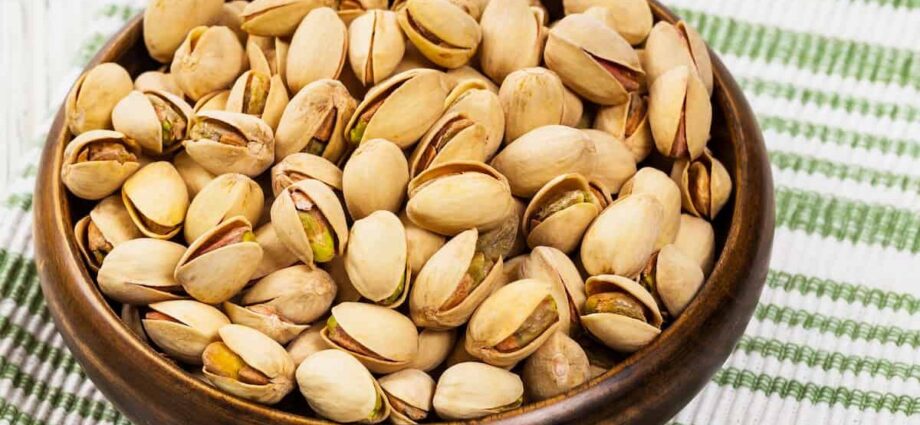How and where to store pistachios correctly?
The shell plays a special role for any type of nut. The shell not only prevents light and sun from affecting the core, but also has a protective function that helps preserve them for a longer period. The shell of ripe pistachios opens slightly, but it does not lose its purpose. If you peel the nuts from the shell, then their shelf life will be reduced.
The nuances of storing pistachios at home:
- pistachios can be stored at room temperature, in the freezer or in the refrigerator (when storing at room conditions, the darkest and coolest zones should be chosen);
- pistachios with a green tint of the kernel are well stored, with an intact shell without spots or dots (any darkening on the shell is considered a sign of spoilage of nuts or the result of damage by fungi);
- if mold appears on pistachios during storage, then in no case should they be eaten (sorting or washing will not eliminate the problem of the presence of bacteria);
- if insects are bred in pistachios, then they should also not continue to be stored or eaten;
- before storage, it is necessary to sort out pistachios (it is necessary to remove kernels without shells, shell particles, any garbage and nuts with signs of spoilage);
- It is not recommended to store pistachios with added salt (their shelf life does not differ in duration, and the taste will deteriorate rather quickly);
- it is necessary to store pistachios in containers that can be closed with a lid (if a glass jar is taken as a container, then it can be sterilized);
- moisture on the surface of pistachios or at the bottom of the container will shorten the shelf life of nuts (the slightest amount of moisture will cause mold and other fungi that can spoil pistachios in a short period of time);
- plastic bags are used only when storing pistachios in the freezer, in all other cases, only containers or glass jars should be taken;
- it is impossible to store pistachios open (this applies not only to containers without lids, but also to opened packages in which nuts are sold in stores);
- mixing pistachios purchased at different times and other varieties of nuts is not worth it (shelf life in this case will differ, so kernels with a minimum storage period will quickly spoil the rest of the nuts);
- in a sealed package in which pistachios are sold in a store, nuts can be stored for the entire period specified by the manufacturer (the package must be placed in a dark place and away from heat);
- you should not store pistachios in boxes above heat sources (this applies to places above gas stoves or near heating devices);
- under the influence of sunlight and light, the taste of pistachios deteriorates (bitterness and excessive oiliness appear);
- eating spoiled pistachios is dangerous to health;
- pistachios can be stored in fabric bags, but the shelf life in this case will not exceed 2 months.
How much pistachios can be stored
Unshell pistachios can be stored for 3 months. After this period, their taste begins to deteriorate. At the same time, there is no difference in the storage method. Peeled pistachios are stored equally in the refrigerator, freezer and at room temperature.
Inshell pistachios retain their taste for much longer. If you store them in the refrigerator, then the maximum period will be 9 months, in the freezer – up to 12 months, and at room temperature the nuts will not deteriorate for six months in any case. An important nuance when storing pistachios is the exclusion of direct sunlight, light and heat exposure.
In their original packaging, pistachios are stored for the period indicated by the manufacturer if the package has not been opened, and for 3 months if the nuts have been opened. It is not recommended to store pistachios in an open bag. Otherwise, they will quickly spoil their taste characteristics.










